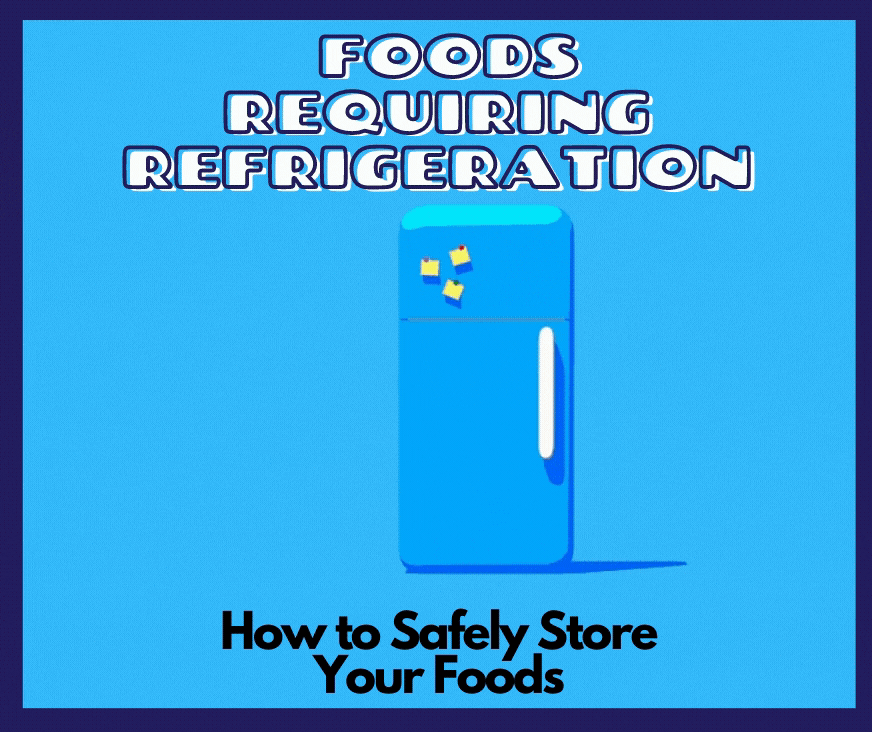How to Safely Store Your Foods

With the ongoing debates around social media platforms like Twitter and Instagram, the topic of what should and shouldn't be stored in the refrigerator has become a significant concern. One of the most debated issues is whether Ketchup should be refrigerated after opening it. The answer is a definite YES, not just based on personal opinion. The official stance of Heinz, a leading ketchup brand, is that refrigeration is recommended to maintain product quality after opening.
It's important to note that improper food storage can lead to spoilage and potentially harm your health. Some items that can initially be stored in the pantry require refrigeration once opened. With families spending more time at home and preparing meals, it's essential to understand the proper food storage to avoid spoilage and maintain its shelf life. Following the recommended storage guidelines, you can ensure your food remains fresh and healthy for consumption.

At All Times
All dairy products
Bacon
Butter
Cheese
Dry Yeast
Eggs
Mousse
Custard
Fresh Meat and meat products
Fish
Luncheon
Tofu Product
Poultry
Coffee for Optimal Flavor

After Opening
Salad Dressing
Worcestershire
Barbecue Sauce
Soy
All cooking oils best refrigerated after opening or stored in cool, dark pantry
Baby Food and Formula
Canned Food store in airtight plastic containers
Mayonnaise
Mustard
Jellies/Jams
Canned Milk Product
Coconut: canned or shredded
Peanut Butter
Salad Dressing
Frosting/Icing
Maple syrup
Condiments/Relishes
Canned Cheese

Storage Guide
Leave Meat, Fish and Poultry in original wrap until use
Use drawers as indicated: One for vegetables and one for meats. Use the latter to store vegetables you want to use soon, as refrigerating will crisp them up
Stock the items in an orderly fashion, with newer things behind the older ones. If older products are in the front, they will be used first
The top shelf is recommended for dairy, such as butter, eggs, cheese, and sour creams. Also, cookie dough and biscuits
Wash your vegetables and fruits at the time of use to lessen spoilage. Fruits need less humidity than vegetables, and garlic, onions, and all squash vegetables need the slightest humidity.
Fish, Poultry, and raw meat should be kept in the coldest part of your fridge:
Don’t overstock your refrigerator, or else cool air can’t circulate
Maintain the temperature of your fridge at (40F) or below